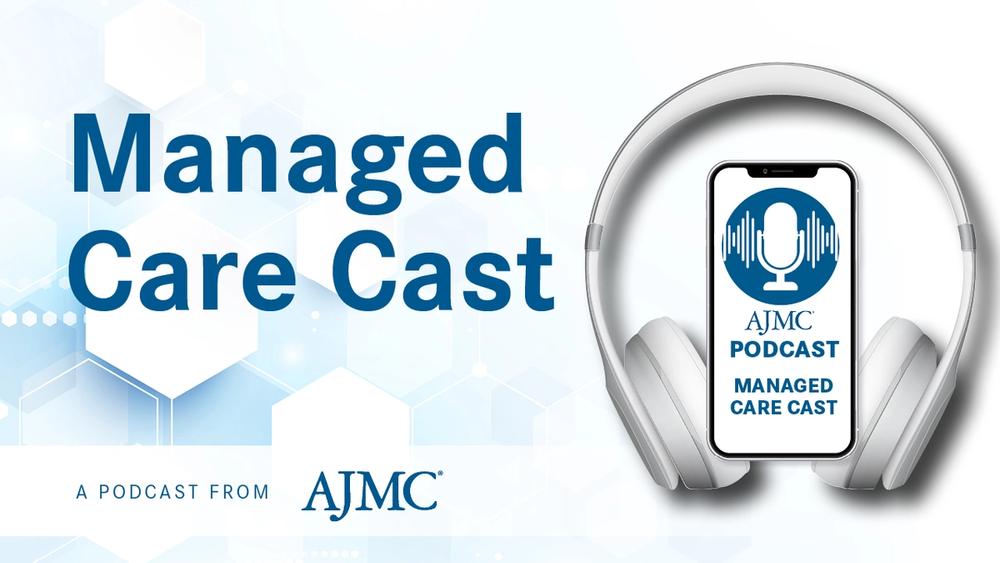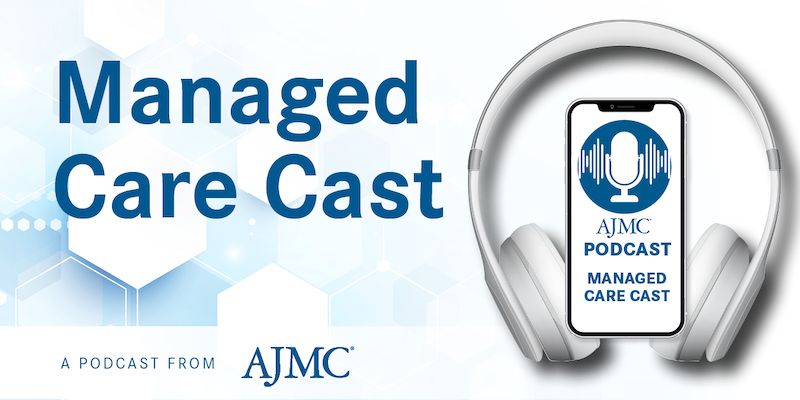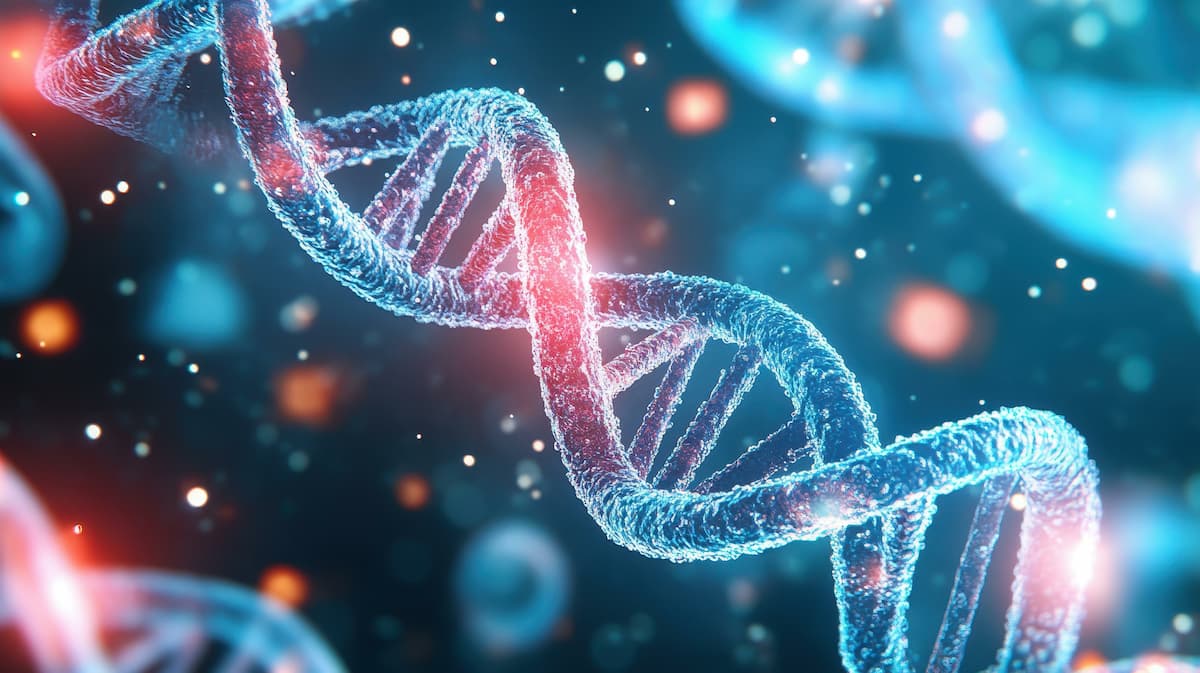News
Article
AACR Panelists Call on Scientists to Stand Up Against Cuts That Threaten Progress, Patients, and Future Discoveries
Author(s):
Key Takeaways
- Recent policy changes threaten cancer research infrastructure, with funding cuts and halted trials impacting progress and patient care.
- Public engagement and advocacy are crucial to sustaining support for medical research and countering destabilizing policy effects.
The session follows the American Association for Cancer Research's (AACR) prior call to action against executive orders that would harm the National Institutes of Health.
A panel of scientists, policy leaders, and advocates on Sunday called for the cancer research community to push back against the “destabilizing” actions of the Trump administration, which they warn is dismantling the nation’s research infrastructure, putting careers of a generation of scientists in jeopardy, and threatening patients’ lives.
The discussion, “Cancer Research at a Crossroads,” took place at the American Association for Cancer Research (AACR) annual meeting in Chicago, where panelists said scientists must teach the public why cancer research matters—and how recent grant cancellations and policy decisions could bring unprecedented progress to a grinding halt.
Patricia LoRusso, DO | Image credit: Yale School of Medicine
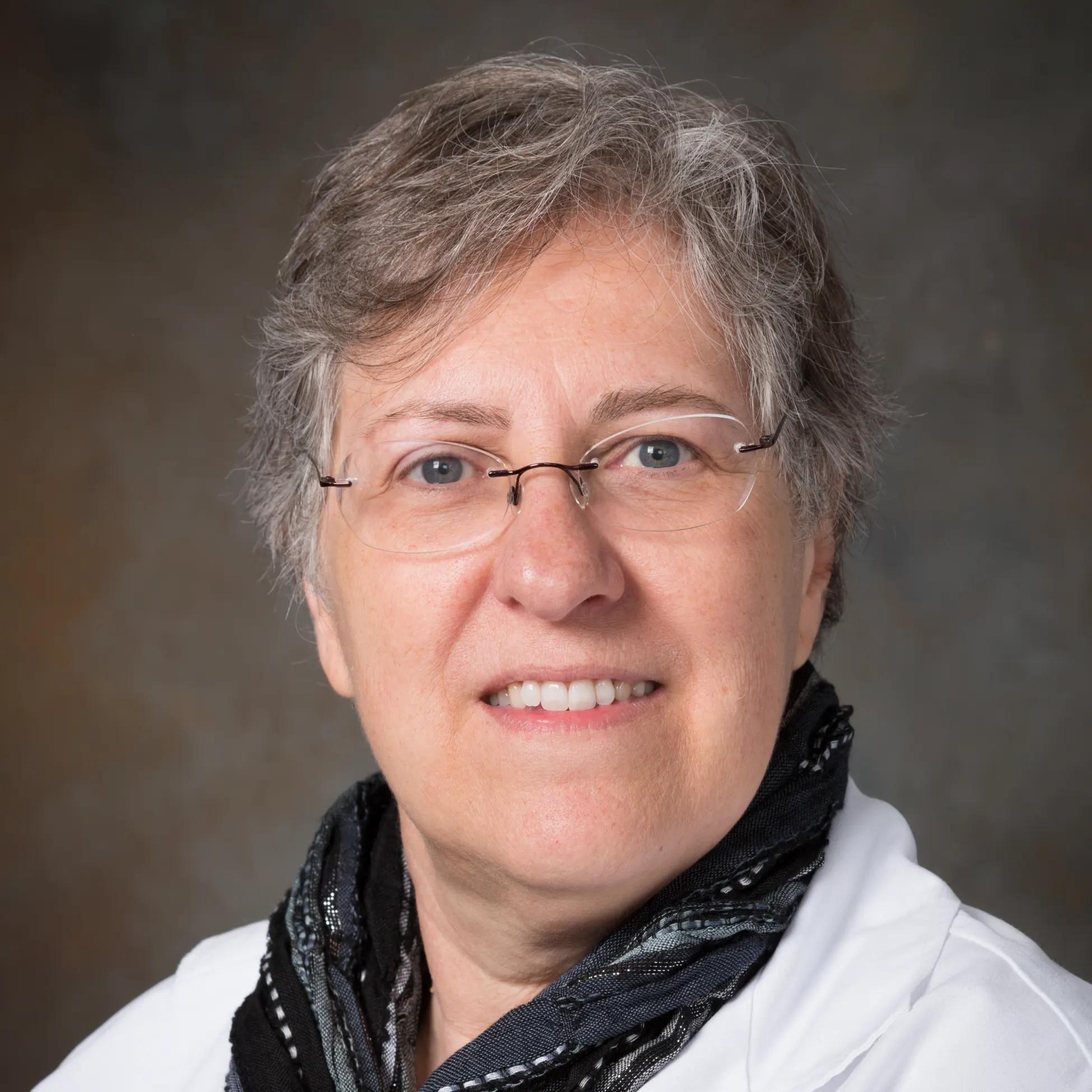
AACR President Patricia Russo, DO, professor of medicine and chief, experimental therapeutics, at Yale School of Medicine, offered a passionate address that brought the crowd to its feet; she stated that the future of cancer research “feels more uncertain that at any point in my career.” A generation of progress has yielded a golden age of discovery, she said, but research is now threated by massive funding cuts and intrusions on “the integrity of science itself.”
Sunday’s session follows a Call to Action AACR issued in February urging President Donald Trump to withdraw executive orders that harm NIH; the statement also called on Congress to “reaffirm its long and much appreciated history of steadfast and bipartisan support for medical research.” Yet NIH has seen about 1300 job cuts, and STAT News reported that grant awards have been cut by $2.3 billion.
“I believe this is the most scientifically promising moment in the history of cancer research, we're dedicating we're detecting cancers before symptoms appear. We're reprogramming immune cells to target malignancies,” LoRusso said. “We're delivering therapies based on the molecular profile of a tumor, not just dislocation. These advances are no longer theoretical. They are reaching patients, and they are saving lives today.”
“We've seen a wave of destabilizing actions, canceled research projects, halted clinical trials, hiring freezes, funding disruptions and growing pressure on scientists to adjust how they frame their work,” she said, "These are not isolated incidents. They reflect systemic instability, instability that threatens not just research operations, but the ability of scientific discovery to reach the patients who need it."
The US has 18 million cancer survivors due to a bipartisan belief in medical research, LoRusso said, but that is “eroding,” despite the public’s support. Moderator Clifton Leaf, a cancer advocate and former editor of Fortune, shared polling data that showed despite the nation’s ideological divisions, support for taxpayer-funded scientific research has been consistently high for more than 40 years and remains so today, regardless of a person’s education level. Yet a new survey of AACR members finds that 70% see delays or cancellations in PhD postdoctoral admissions, while 45% have lost fellowships or grants.
Reports of clinical trials being halted are particularly harmful to patients, LoRusso said, because patients with cancer do not have time to battle for access to novel therapies.
Cuts to NIH also threaten the economy, said E. John Wherry, PhD, who chairs the Department of Systems Pharmacology & Translational Therapeutics at Penn Medicine, where he is also director, Institute for Immunology and Immune Health. Wherry said he’s conscious of the need to convince those who are skeptical of government spending why medical research is a great investment.
“Every dollar of NIH funding we spend generates about 2.4 to 2.5 dollars of return economic activity,” he said. “The $47 billion of NIH funding supports a $1.5 trillion pharmaceutical industry that helps as our partner in generating new drugs and new ways to treat patients.” This translates into 2 to 3 million jobs in the private sector. Every $100 million in federal research funding generates 76 patients, triggering an additional $600 million in economic activity.
News reports have suggested that some members of Congress are not happy about NIH cuts to research universities in states that voted for President Trump. An analysis by KFF found that 40% of the lost funding is hitting states that voted for the president in 2024. Growing uncertainty means that 55% of those who took the AACR survey say they have colleagues leaving the field. “This is a signal that people we have mentored, supported and trained are losing faith in the future of the work,” LoRusso said.
Monica Bertagnolli, MD | Image credit: NIH
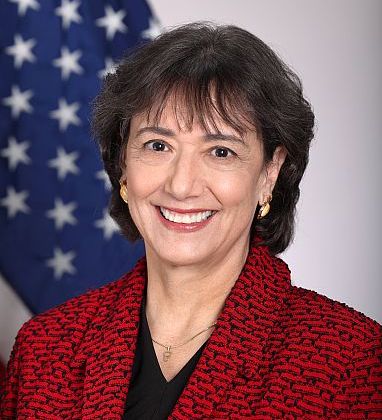
Both she and Monica Bertagnolli, MD, who finished her term as head of the NIH in January, said nation is in danger of losing a generation of early career scientists, who come to NIH or the National Cancer Institute (NCI), or work in academic medicine, as the first step of their careers.
Cory Wolf, PhD, a postdoctoral scientist at the University of Virginia researching pancreatic cancer, agreed that there is great uncertainty among those at his career stage. He likened the path that young career scientists travel to a “corn maze,” where one may get help or nudges along the way, but ultimately has to choose a path that makes sense. The challenge today, he said, is that many of those paths are being eliminated.
Wolf, who was on hand at AACR to judge an undergraduate poster competition, said he was both hopeful about the enthusiasm students have for science and worried by their questions of the state of the research.
“Some of them were a little bit nervous about what it's like to be a scientist, and [they asked] should they even consider getting an undergraduate degree in science,” Wolf said.
Bertagnolli, a surgical oncologist who previously led NCI, said career professionals at NIH are well-equipped to manage shifting priorities as administrations come and go. What’s happening, however, is far beyond the norm.
“We see unprecedented, and unfortunately harmful, administrative policies," she said, with research on climate, gender and heath, and diversity, equity and inclusion coming to a halt. Career NIH staff “are doing what they always do” to fund the best possible science. On the bright side, Bertagnolli said the speed of the first wave of cuts has led to some reversals, and she credited advocacy from scientific leaders and the public.
Former NCI director W. Kimryn Rathwell, MD, PhD, just named the incoming CEO of The Ohio State University Comprehensive Cancer Center, said she spent time speaking to groups of nonscientists about the importance of cancer research, and she believes this is the path to engaging the public in the fight for science.
W. Kimryn Rathwell, MD, PhD | Image credit: NCI
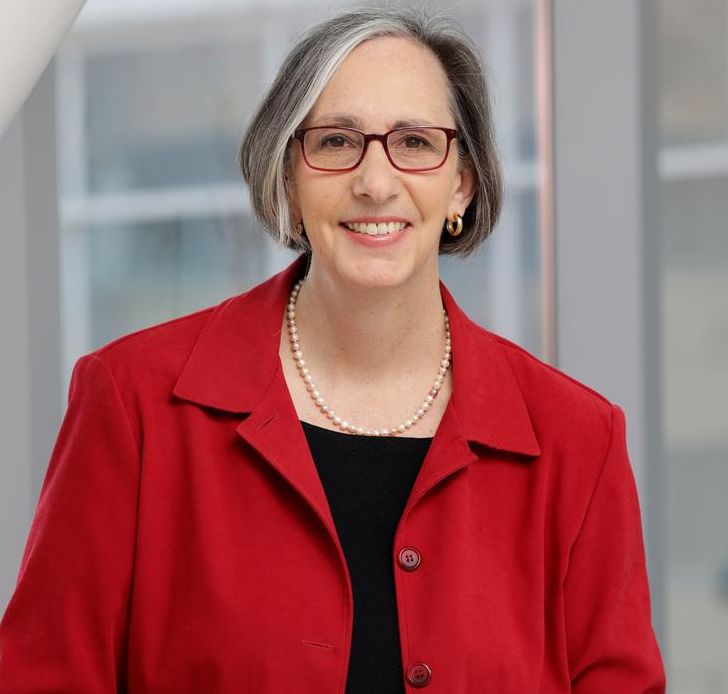
She’s talked to people at community meetings, on airplanes, and even in a nursing home. “Every place that I've gone to talk, people are really interested. Everybody cares about cancer. Everybody has a cancer story,” Rathwell said. “So, we have to tell the stories to inform. We have to tell those stories in a way that we can listen and hear what people are looking for from us.”
Rathwell offered a 5-point framework for public engagement: Cancer research stories must be told well, and scientists need to get outside the “echo chamber” to reach new audiences. Third, she said, the cancer research field must protect the next generation researchers—and enlist them in the cause.
Next is, “doubling down on innovation and discovery,” because that shows why research is important. The final step, she said, is “finding what our common values are.”
“Speaking with one voice is a much, much louder voice than any of us speaking alone,” Rathwell said.
The panel featured 2 advocates and cancer survivors. Larry Saltzman, MD, a former family physician who has lived 15 years with chronic lymphocytic leukemia/small lymphocytic lymphoma, highlighted that it can take years, even decades, for a discovery in basic science to be applied in cancer care. He noted that tocilizumab was first developed for rheumatoid arthritis but is now given routinely to patients receiving chimeric antigen receptor (CAR) T-cell therapy to mitigate neurotoxic effects. He It said the multiple therapies he’s received—which now include a Bruton tyrosine kinase degrader—flow directly from the discovery of imatinib (Gleevec) in the 1990s.
For patients like him who live with cancer as a chronic condition, Saltzman said medical research is the reason new therapies are waiting when he exhausts the ones he has been taking. “I implore you to continue your work,” he said.
Kristen Dahlgren, a former network television reporter who now leads the Cancer Vaccine Coalition, represents today’s rise of young adults developing cancer. Monday will mark 5 years since her last treatment for breast cancer, and she said she was nervous about going off her maintenance therapy. For Dahlgren, cancer has hit twice—before her own diagnosis, her 13-year-old stepson was treated for leukemia, an area that seen incredible progress in recent years.
She encouraged scientists to come up with new ways of communicating the importance of research to the public—and she’s creating a documentary to do that. “I know this is an added task for all of you who are working so hard on science, working so hard in your labs with your heads down, doing that work—but we have to tell people about what you're doing and about the urgency that patients feel.”
LoRusso, Bertagnolli, and Rathwell in particular called on the scientific community to stand up for early career scientists, international trainees, and those whose work is being targeted politically.
“They should not have to navigate this alone, and we must remain engaged, not once, not occasionally, but as part of what it means to be a member of this community,” LoRusso said. “AACR is doing its part in Washington, but this is a shared responsibility…. This is not someone else's problem. It is ours, and how we carry that responsibility together will define what comes next."

